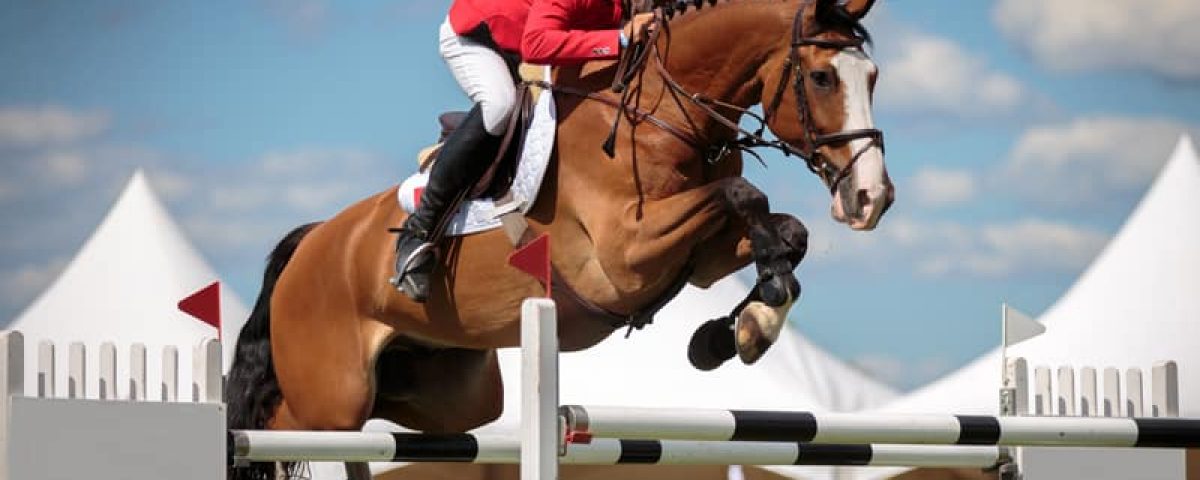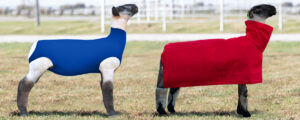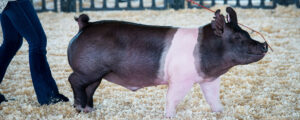Have you ever wondered about the differences between English riding and Western riding? Horse people are understandably passionate about their riding style and discipline. Of course, we all tend to back up our preferred style, but there is a rhyme and reason for the characteristics of each specialty.
English saddles and riding are more formal and elegant, while Western ones are geared towards a working lifestyle. Here are more details about the history of those two styles, how their tack and methods of riding vary, and some of the different events that you might find in each.
History of English vs. Western Riding
Horses have been used for centuries as a means of transportation and a way to assist with difficult work. It wasn’t until the English developed a fondness for using horses in sporting activities that riding styles began to change. The English riding style, which is considered traditional and “proper,” was brought to America as far back as the 1800s. By that time, the Western style of riding had already taken hold.
The Western riding style can trace its roots back as far as the 1600s, where the Spanish ranches in northern Mexico and what is now the Southeastern United States developed a style that suited long hours of hard work. Cowboys spent hours and sometimes days in the saddle driving cattle and working their land. Comfort and utility over elegance were the driving forces in creating a riding style that remains popular today.
Differences in Tack
The tack used for each type of riding is different and uniquely suits the various aspects of the riding style. An English saddle is much smaller in size and lighter in weight, which allows the rider to get close to their horse and feel its every movement. A Western saddle is larger and heavier, which provides more comfort and stability for long hours over rough terrain. Western saddles also have utility items, such as the horn that was designed to hold a cowboy’s ropes.
Bits and reins can vary among the two styles as well. With the English style, bits are usually the Pelham bit or the Weymouth bridle. This type of bridle includes a curb bit and a snaffle bit with a headstall for each. The Western style may also use curb bits, snaffle bits, or hackamores. In English riding, there is a double set of reins, and with Western riding, the reins are split.
Method of Riding
The method of riding also varies between English and Western riding. In English riding, the rider uses subtle shifts in weight and leg pressure to give instruction. This style demands precise coordination between legs, balance and reins.
Western riding emphasizes direct rein cues to guide the horse, meaning leg cues are of secondary importance.
While the more difficult of the two styles to learn, English riding is easier to transfer to the Western style. In Western riding, the rider uses just one hand to hold the reins and employs neck reining to control the horse.
English vs. Western Riding Events
If you are interested in equestrian events, there are some similarities and differences between English and Western riding. Sports in which you could ride either style include trail riding, competitive mounted orienteering, and endurance racing. Events limited to English riding include dressage, jumper, hunter, and combined training. Western riding events include roping, barrel racing, and western pleasure riding.
While English and Western riding styles share a few similarities, there are many more qualities that make these two styles unique. Not only did the riding styles develop for different purposes, but they also use different tack and techniques to direct the horse. Those who have only tried one style of riding may be pleasantly surprised to find there is a new and enjoyable equestrian experience available.



